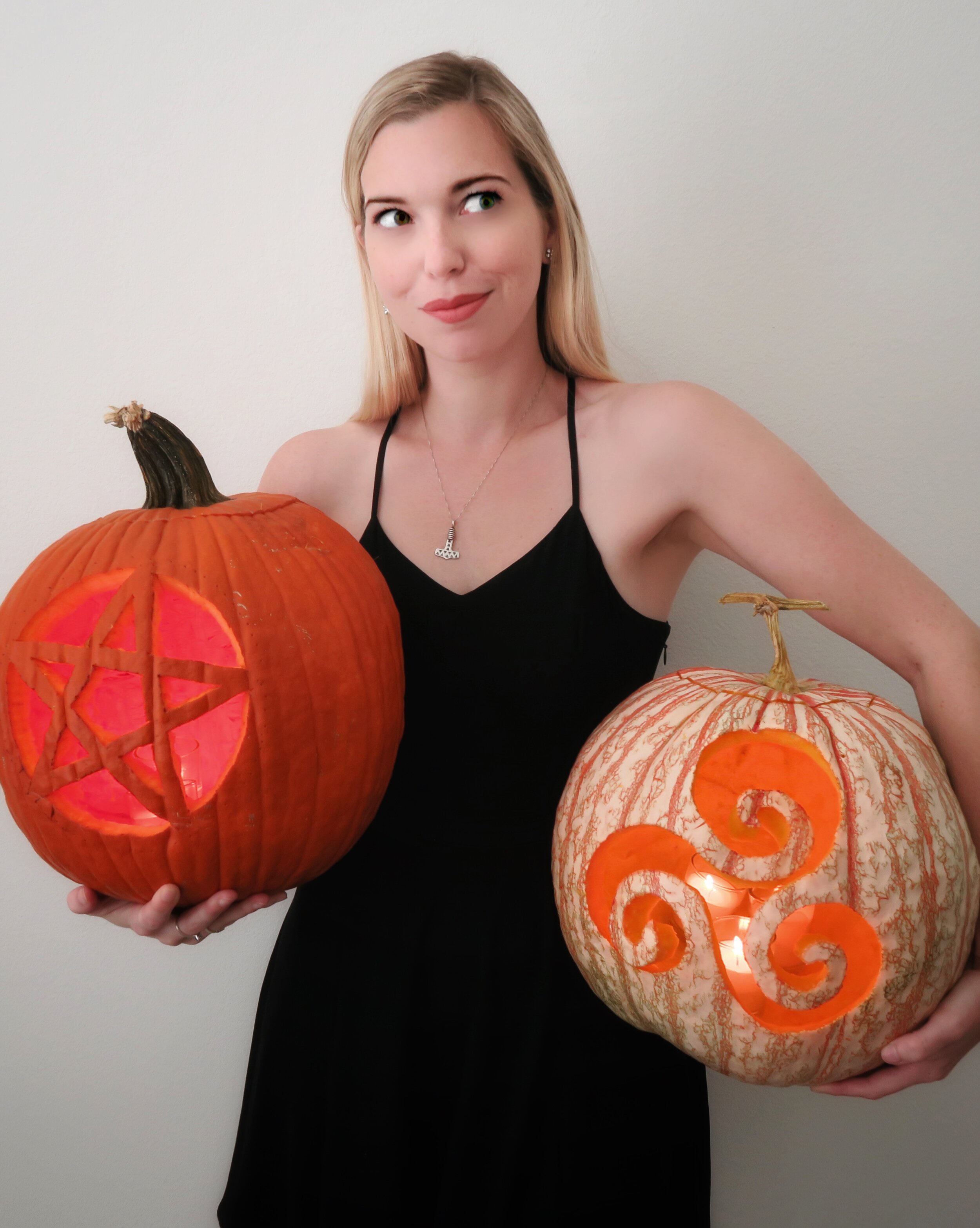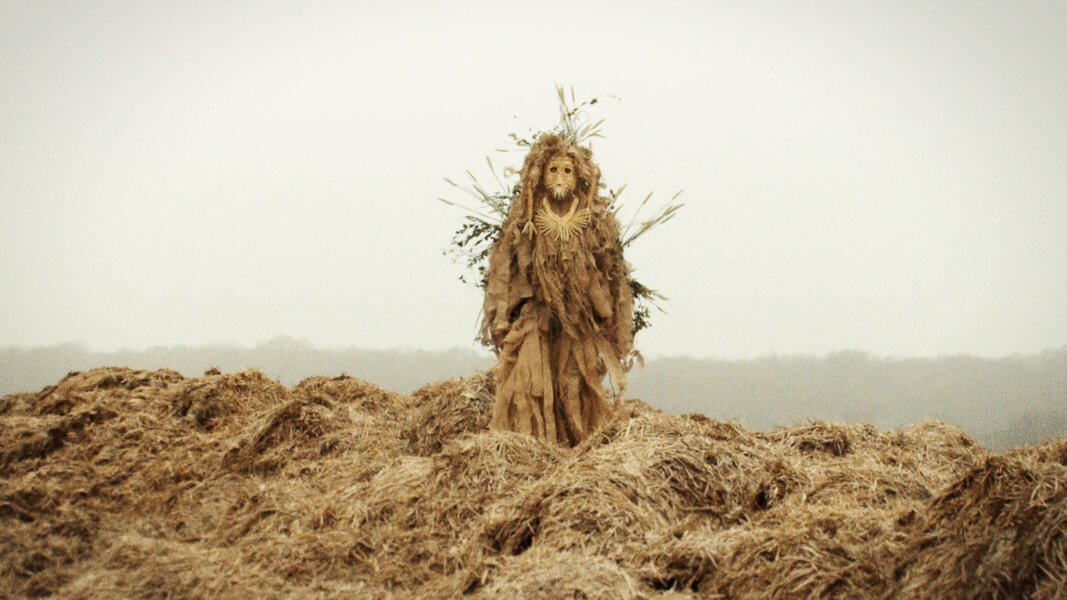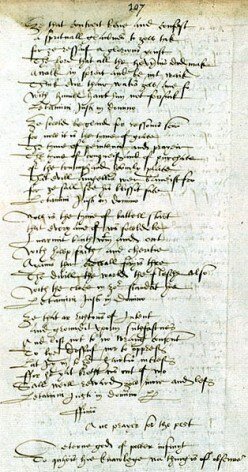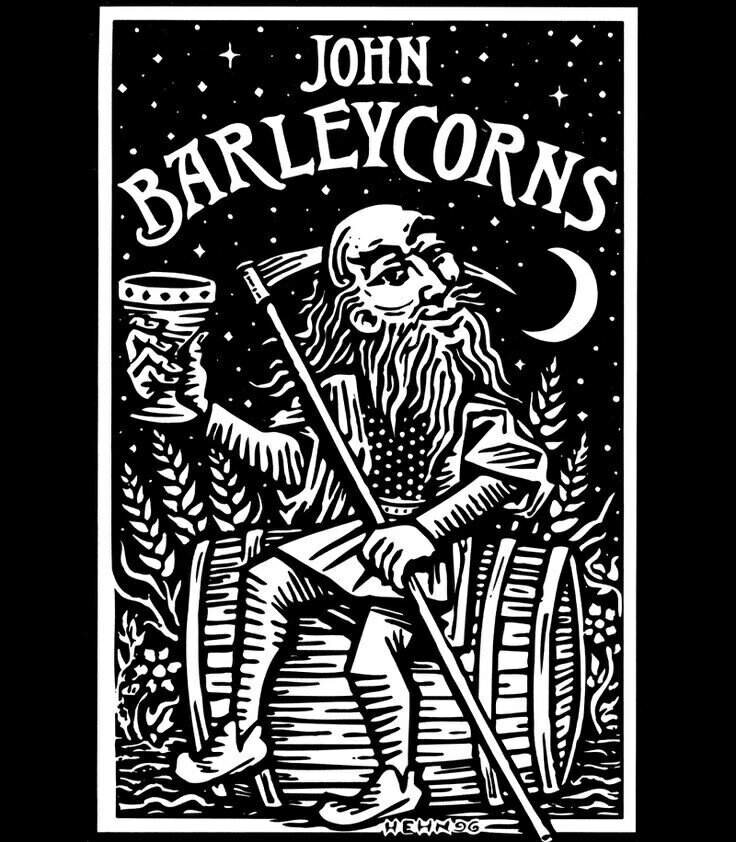Recently I listened to an interview Joe Rogan did with Graham Hancock and Brian Muraresku where they discussed the role psychedelics have played in the origins of Western civilization. There’s a new book out called The Immorality Key that explains how a psychedelic substance called Ergot was used in the most sacred and mysterious of Greek Pagan rituals called the Eleusinian Mysteries. This has some really profound implications for anyone interested in classical studies or for any Pagan reconstructionists who might be interested in understanding this powerful ancient Greek ritual.
If you're unfamiliar with the Elusianian mysteries, they celebrated the story of Demeter and Persephone. These mysteries were a cornerstone of Greek spiritual life and many of our great Pagan thinkers, such Plato and Socrates, participated in this once in a lifetime ritual. While we don’t yet know everything about this ritual, we do know that those who participated in the mysteries were forever changed for the better and that they no longer feared death.
We know that the ritual culminated in the creation and drinking of a sacred potion called Kykeon. This was a simple drink made of barley, water and honey. Many people have speculated over the years that due to the importance of this ritual there must have been something more going on with this drink and now we actually have proof.
In writing The Immorality Key Brian Muraresku researched this ancient Greek ritual and did chemical testing on a vase that was used to create the sacred Kykeon drink. In the inside of the vase he found trace amounts of ergot, which means that the barley used in this drink was infected with a fungus that has significant psychedelic properties. And considering the literature we have about this ceremony and how it profoundly changed peoples lives it definitely makes sense that this sacred drink would be more than it seems.
New research is also coming out about the beverages that were drunk during another important Greek ritual called the Dionesian Mysteries, which were all about venerating the deity Dionysus. Details in Greek vase painting indicate that the wine drank during the Dionysean rituals was spiked with various herbs. And while we don’t yet know the specific herbs used in the wine, it’s likely that they were hallucinogenic plants.
So why is this discovery important for Pagans? Well I think it’s fascinating that the use of psychedelics in ritual is common to pretty much all animistic and polythestic spiritual systems. Last year I made a video about the Amanita Muscara mushroom and how its use among siberian shamans is mostly likely the basis for many of the traditions associated with Christmas. There are countless examples from other cultures as well:
In the Vedic & zorastrian traditions there is a ritual beverage called soma which likely included psychedelics.
In Ancient Egyptian artwork you see many examples of the blue Lotus plant, which has psychedelic properties, being held up to the mouth.
In witchcraft, there is evidence that since 1456 psychedelic plants were used in the form of what’s called “flying ointment.”
So these new discoveries that have been made about ancient Greek ritual fits the general theory that among pagan societies psychedelics were seen not as a negative substance but as an important tool for connecting with the divine.
Now that doesn’t mean that we as modern Pagans should necessarily start including psychedelics in all of our rituals. After all the Elusenian mysteries were a once in a lifetime ritual and I doubt Plato and Socrates would have gotten much done if they had been high all the time. Though it does make you wonder if their experience at this ritual expanded their mind and helped facilitate their genius.
I find all this research really interesting and I definitely recommend you listen to the podcast episode that dives really deep into this topic. In the episode they even go further and suggest that not only did ancient Greek ritual include psychedelics, but that also early Christian ritual included it as well. And if that is true, it definitely has some big implications.
So next I want to hear from you guys. What are your thoughts about the use of psychedelics? Do you think they should be included in some modern Pagan rituals or left out? Let me know your thoughts below.





















